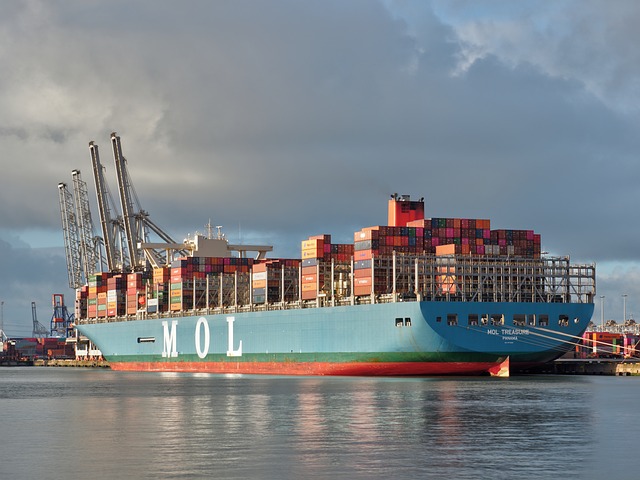When determining the cost of shipping a vehicle, several factors come into play, including vehicle type, weight, distance, and transport method (enclosed or open). Location is crucial, with remote areas potentially incurring surcharges. Seasonal trends, fuel prices, and route demand also impact pricing. Accurate quotes require detailed shipping information, as carriers consider these variables in their pricing models. Ultimately, the cost reflects the vehicle's size, transportation distance, and chosen method—road, rail, or air—with longer hauls and time-sensitive shipments being more expensive.
Shipping a vehicle can be a significant expense, but understanding the factors influencing the cost is key to making informed decisions. In this article, we break down the costs of shipping a car, truck, or SUV, covering distance and location, vehicle type and size, and additional services needed. We’ll also provide tips on how to lower your expenses by comparing quotes, optimizing loading, and choosing the right shipping method for your needs.
- Understanding the Factors That Influence Shipping Costs
- – Distance and location
- – Vehicle type and size
Understanding the Factors That Influence Shipping Costs

When figuring out how much it costs to ship a vehicle, several factors come into play. These include the type of vehicle (car, truck, SUV, etc.), its weight and size, origin and destination locations, distance traveled, and the chosen shipping method – open or enclosed transport. The cost can also vary based on the carrier’s experience, availability, and reputation.
Additionally, seasonal fluctuations, current fuel prices, and demand for vehicle shipping in specific routes can significantly impact the shipping a vehicle cost. It’s important to remember that while getting quotes from multiple carriers is crucial, these estimates may change due to unforeseen circumstances like adverse weather conditions or traffic delays.
– Distance and location

When calculating the cost of shipping a vehicle, distance and location play a significant role. The pricing is typically determined by the mile or kilometer-based rate, with longer distances usually resulting in higher fees. This is because shipping companies consider factors like fuel expenses and labor costs, which increase with the overall travel distance.
Additionally, remote or hard-to-reach locations might introduce additional surcharges due to the challenges of navigating through unfamiliar terrain or accessing specific areas. It’s important for customers to provide accurate shipping details, including exact addresses, to ensure precise quotes from vehicle shipping providers, who will then factor in these location-related variables when determining the final shipping a vehicle cost.
– Vehicle type and size

The cost of shipping a vehicle is influenced by several factors, with the vehicle type and size being primary considerations. Larger vehicles like trucks or SUVs will generally have higher shipping costs due to their dimensions and weight. These vehicles might require specialized carriers or larger cargo spaces, which can significantly impact the overall expenses. On the other hand, smaller cars are more cost-effective to ship, as they take up less space and often share loading capacity with other vehicles during transit.
The type of transportation method chosen also plays a role in the shipping costs. Road shipping is the most common and affordable option, suitable for shorter distances and direct routes. However, for longer hauls or more complex journeys, rail or even air transport might be necessary, adding to the overall cost. These alternative methods are often faster but come with steeper price tags, making them better suited for time-sensitive or high-value vehicle shipments.
Shipping a vehicle can vary significantly in cost based on distance, location, and vehicle type. Understanding these factors is key to getting an accurate estimate. For instance, long-distance shipments or larger vehicles will generally incur higher fees. By evaluating these variables, you can better prepare for the shipping expenses ahead, ensuring a smoother process when moving your vehicle.
